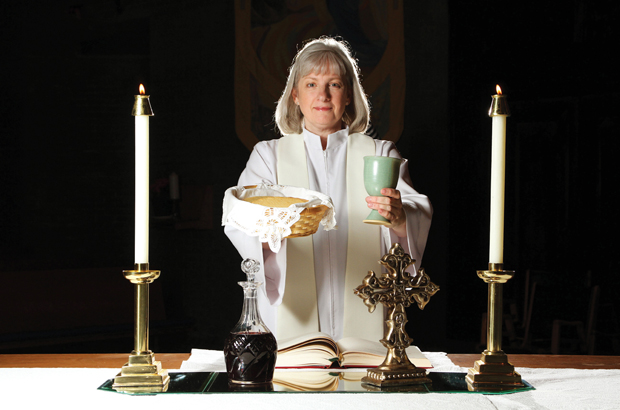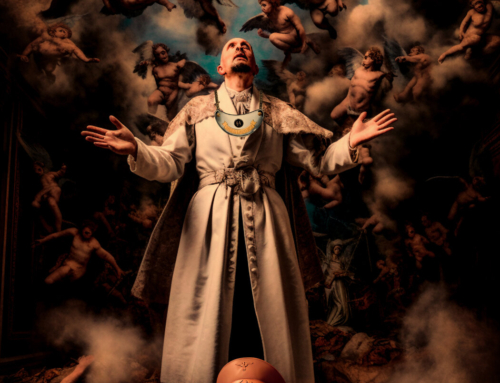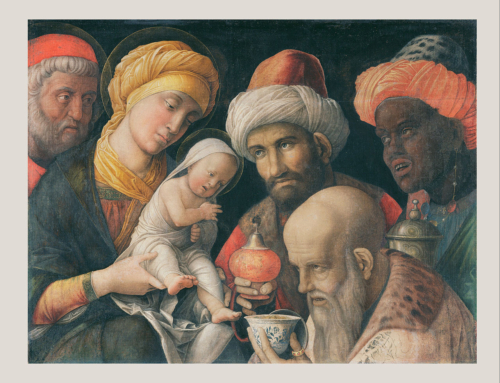Despite the fact that the church had spoken definitively on the subject there are still some Catholics who believe women’s ordination to the priesthood is a possibility. Therefore it is worth going through the discussion again.
Hilaire Belloc said, “Every argument is a theological argument.” Therefore we must be aware, in the argument for women’s ordination (and indeed in every argument) what forms of argumentation are being made, and where the essential truths lie for Catholics.
Those who argue for women’s ordination usually do so using three forms of argumentation: 1. Utilitarianism 2. Sentimentalism 3. Civil Rights. The utilitarian argument goes like this: “Jane can do the job just as well–and better than a man. She has a degree in theology. She’s a great preacher. She is a sensitive pastor and a good servant of the Lord. Women have shown that they can do any job as well as a man. We need good priests. These women would be great priests.
The sentimental argument goes like this, “Sally is such a nice person. She is so loving and funny and kind and good. How can you be so cruel and unkind not to let her be a priest! It is so unfair and so hurtful. Sally’s mother was a pillar of the church and she’s such a good Christian woman. How can you hurt her like this? Don’t you know what pain you’re causing?”
The civil rights argument is simple: “Women and men are equal. You’re discriminating against women by denying them. By denying them ordination you’re treating them as second class citizens.”
These argument can be part of the greater discussion, but they don’t have much weight in the Catholic Church, because the Catholic Church works from a different premise to start with. We begin with theology and the truth of the theology governs all other decisions. Practical, sentimental and civil rights questions–while important in civil society– are very low in priority when making decisions within the Catholic Church.
The Catholic argument in favor of reserving the priesthood to men begins with the creation of man and woman. Man and woman were both created co-equal in the sight of God–both created in his image. Adam and Eve show us therefore the equality of the sexes, but also their complementarity. Adam and Eve are used by Jesus Christ and St Paul and unbroken Christian tradition to reflect the profound aspect of sexuality within the human condition.
We are not simply a-sexual human beings. We are not identical. Our humanity is intrinsically tied up with being male or female. This sexual identity has to do not only with who we are, but who we are meant to be. Our human identity (and therefore our being male or female) has to do with our eternal destiny. Our sexuality is not a mistake or an accident or an insignificant detail.
Furthermore, Adam and Eve picture for us the proper and natural relationship between the sexes. God commands them to “be fruitful and multiply” therefore they also picture the ideal of marriage. Man and woman are created for one another, and they are fulfilled as men and women through the sacrament of marriage. This is the way they find their destiny. This is the way they find their salvation. This is the way they find out what it really means to be human.
A man, therefore is most fully a man when he is a husband and father. A woman is most fully a woman when she is a wife and mother. This is the natural-supernatural condition, and this relationship of love which brings new life is at the heart of the created order and at the heart of human existence and life and it is also the foundation of the church and the foundation of human society.
I realize that these are generalized statements, but that is what theology and philosophy deal with–the foundational meaning of things. Of course there are single men and single women and married men and women who cannot have children. The exceptions confirm the generalities they do not disprove them.
Just as the first Adam and the first Eve show us what it means to be human and therefore what it means to be man and woman, so the second Adam and second Eve show us how to be redeemed human beings–therefore redeemed men and redeemed women. The Blessed Virgin Mary shares in Christ’s redemptive work as a co-Redeemer, but she does so as a woman and fully as a woman. She does so as a mother, and fully as a mother. Christ, the great high priest does so as a man, and in his case fully as a man as a Son. The sexuality of both are not accidental, but a crucial part of who they are and the way the effect salvation.
This lead us therefore, to the role of the priest within the liturgy. The priest is alter Christus. He plays the part of Christ and Christ works through the priest in the action of the Eucharistic sacrifice. As a man his sexuality matters because he brings to this action of redemption the fact that he is not only a human, but like Christ, he is a man. Women participate in the redemptive sacrifice as did the Blessed Virgin–as women and as mothers. For a woman to be a priest is therefore as impossible as it would be for a man to be a mother.
I fully understand and accept that this teaching may be offensive to some and incomprehensible to others. I also fully understand that many would consider this teaching out of date or even oppressive to women. Nevertheless, this is the basic theological and anthropological model which the church in her history and teaching supports and promotes as the essential structure for human life, faith and the plan of salvation.
It is a plan which fosters true life and love both within marriage and the family and also within the church and society at large.
When we play about with these core truths that come to us from the natural order we do so at our peril, for they were put there by the creator himself for our good and the good of the whole human race. How do we “play about with these core truths”? Our whole society is at war with these core truths: all the sexual sins violate these core truths for they violate marriage and the foundation of the family. The homosexual movement and the feminist movement and now the transgender movement all distort these basic human truths.
When I say we tinker with these things “at our peril” I am not suggesting that God or some religious prelate is ready to whack everyone with a big stick. I simply mean that whenever we distort the natural order there is a price to pay.
Women’s ordination is part of the same assault, and this is why we will continue to resist it–because it is not just about whether Jane would be a good preacher or it hurts Sally’s feelings not to be ordained or because it’s “not fair.”
It’s all much bigger than that–so much bigger, and so much part of the given-ness of the created order and the divine economy of salvation that the church herself cannot ordain women as priests–even if we want to. So the Catholic teaching is clear: “The Church does not have the authority to ordain women as priests.”







[…] Blog Picking Up Papal Themes: Discernment & Accompaniment – Jeffrey A. Mirus Ph.D., CC Why Women Can’t Be Catholic Priests – Fr. Dwight Longenecker Homosexuality, Transgenderism & a Christian with Answers in […]